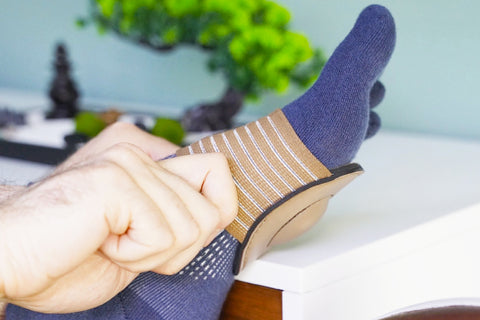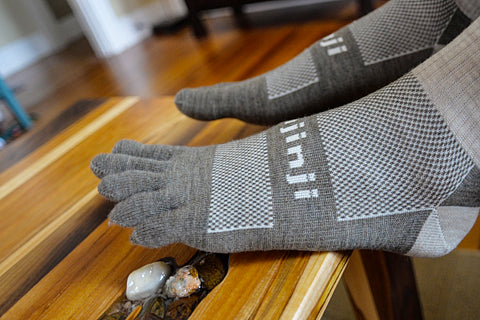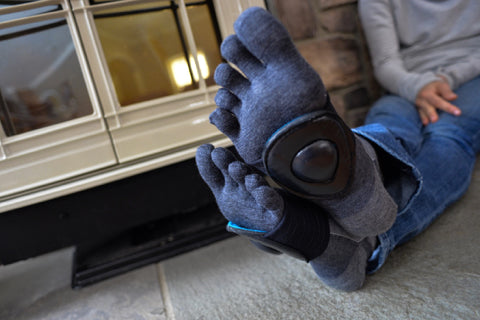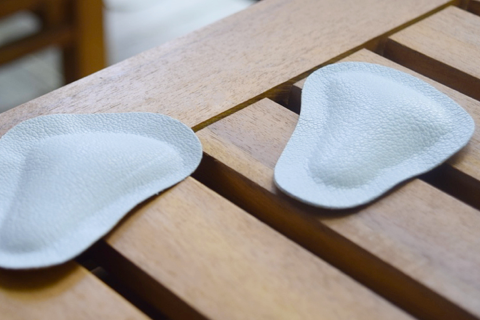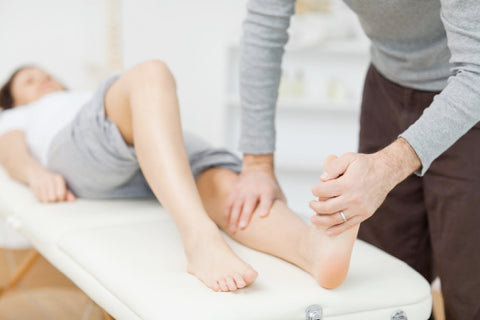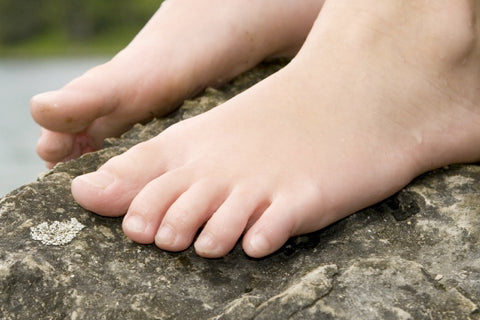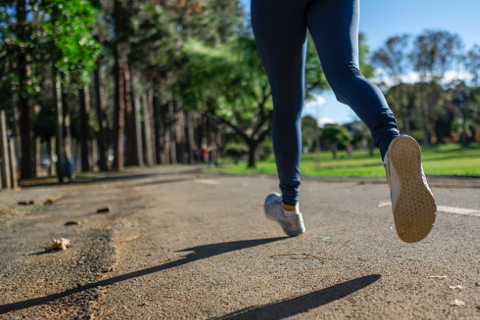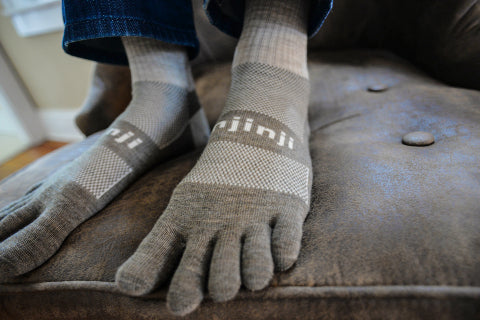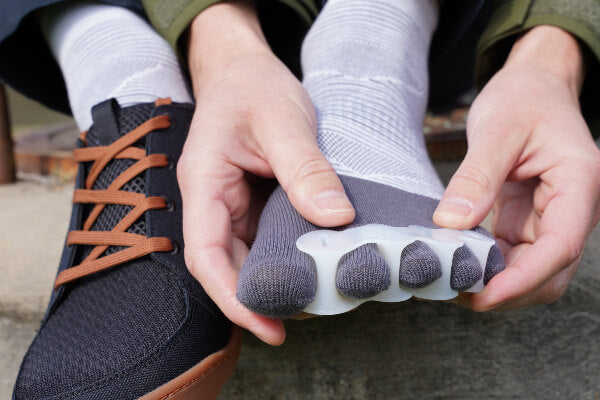Are Metatarsal Pads Better Than Orthotics for Flat Feet?
 Flat feet, also known as pes valgus or pes planovalgus, is a health problem in which the foot lacks a normal or discernible arch when weight-bearing. Flat feet may be caused by numerous factors or other health problems, including—but not limited to—tendon injury or illness, neuromuscular conditions (e.g., cerebral palsy), conditions causing extremely flexible soft tissues, and tight Achilles tendons. Advanced age, excessive body weight, traumatic foot or ankle injuries,...
Read more
Flat feet, also known as pes valgus or pes planovalgus, is a health problem in which the foot lacks a normal or discernible arch when weight-bearing. Flat feet may be caused by numerous factors or other health problems, including—but not limited to—tendon injury or illness, neuromuscular conditions (e.g., cerebral palsy), conditions causing extremely flexible soft tissues, and tight Achilles tendons. Advanced age, excessive body weight, traumatic foot or ankle injuries,...
Read more

